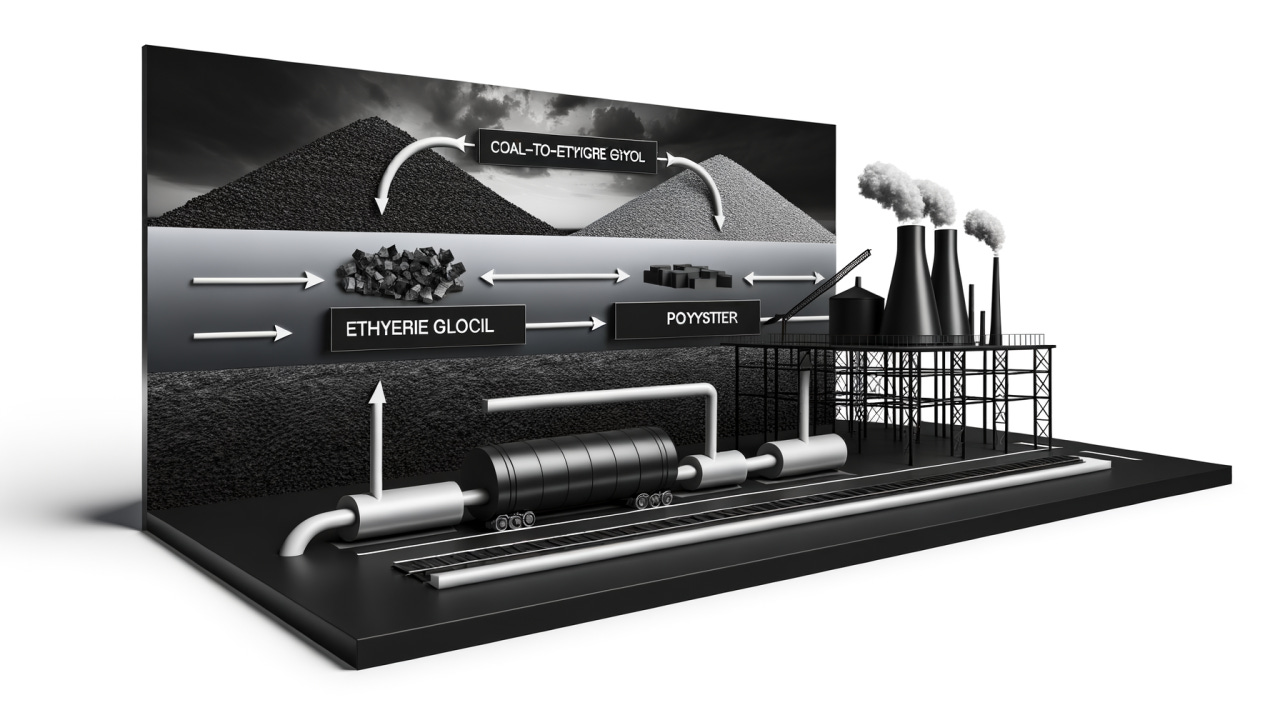Exploring the Impact of Coal-to-Ethylene Glycol in Modern Polyester Production
Coal-To-Ethylene Glycol
In the evolving landscape of the chemical industry, one process has gained significant attention: the production of ethylene glycol from coal. Ethylene glycol is a versatile compound commonly used as a precursor in the production of polyesters. These polyesters are critical components in the manufacturing of fibers and packaging materials that drive various industries. This article explores how the increasing use of coal-to-ethylene glycol technology is shaping the markets for polyester-based fibers and packaging applications.
Transition to Coal-Based Ethylene Glycol
Traditionally, ethylene glycol was sourced from petroleum. However, with increasing concerns over oil reserves' longevity and fluctuating prices, industries are vigorously seeking alternative production methods. Coal, being more abundant than crude oil, presents a cost-effective and more stable option. The process involves converting coal into syngas, which is then transformed into ethylene glycol through a series of chemical reactions.
Advantages of Coal-to-Ethylene Glycol
The shift to coal as a feedstock offers several benefits:
Abundance and Cost Efficiency: Coal is one of the most abundant fossil fuels, which makes it a less expensive raw material compared to crude oil.
Geopolitical Stability: Utilizing coal reduces dependency on oil imports, offering countries more autonomy over their chemical production capacities.
Technological Advancements: Continuous improvements in conversion technologies have enhanced efficiency, making coal-to-ethylene glycol more feasible and environmentally friendly.
Polyester as a Game-Changer
Polyester has become widely popular due to its strength, durability, and broad application spectrum. Here’s how coal-derived ethylene glycol plays a pivotal role:
Fiber Production
Polyester fibers are extensively used in the textile industry for making a variety of garments ranging from everyday wear to high-performance sportswear. Some of the factors fuelling this demand include:
High Durability and Low Maintenance: Polyester fibers are resistant to various environmental factors such as heat and moisture, making them ideal for various climates.
Ease of Dyeing and Fashion Flexibility: Polyester holds color well, allowing vibrant and long-lasting hues, a boon for fashion designers keen on creativeness and sustainability.
Eco-Friendliness: Newer recycling technologies enable polyester fibers to be reused, reducing waste and promoting a circular economy.
Packaging Applications
Another industry revolutionized by polyester is packaging:
Food and Beverage Sector: Polyester's excellent barrier properties against moisture, gas, and aroma make it a prime choice in packaging, ensuring product freshness.
Durability and Transparency: Polyester offers clear visibility and durability, making it suitable for multiple-use packaging solutions, especially with rising trends in the eco-conscious packaging market.
Market Dynamics
With a compound annual growth rate (CAGR) projected to rise in the coming years, the polyesters market is poised for expansion. Factors contributing to this include:
Consumer Preferences: A growing inclination towards high-performance plastics in personal and professional applications is driving demand.
Technological Advancements: Innovations in production methodologies that optimize resources and minimize environmental impact continue to incentivize market investments.
Challenges and Considerations
Despite the many advantages, there are considerations and potential hurdles, including:
Environmental Impacts: While coal is abundant, mining and conversion of coal pose considerable ecological concerns that must be addressed through stricter regulations and improved technology.
Initial Investment Costs: Setting up infrastructure for coal-to-ethylene glycol production can be capital-intensive, though savings on raw materials soon offset these costs.
Conclusion
The transition to coal-based ethylene glycol production is proving to be a pivotal innovation in the chemical industry, especially concerning polyester production. As markets expand and sustainability becomes an ever more critical factor, the reliance on coal-derived chemicals stands as both a challenge and an opportunity.
For more comprehensive insights,
Read More @ https://www.360iresearch.com/library/intelligence/coal-to-ethylene-glycol.
visit SOURCE --
https://www.360iresearch.com


